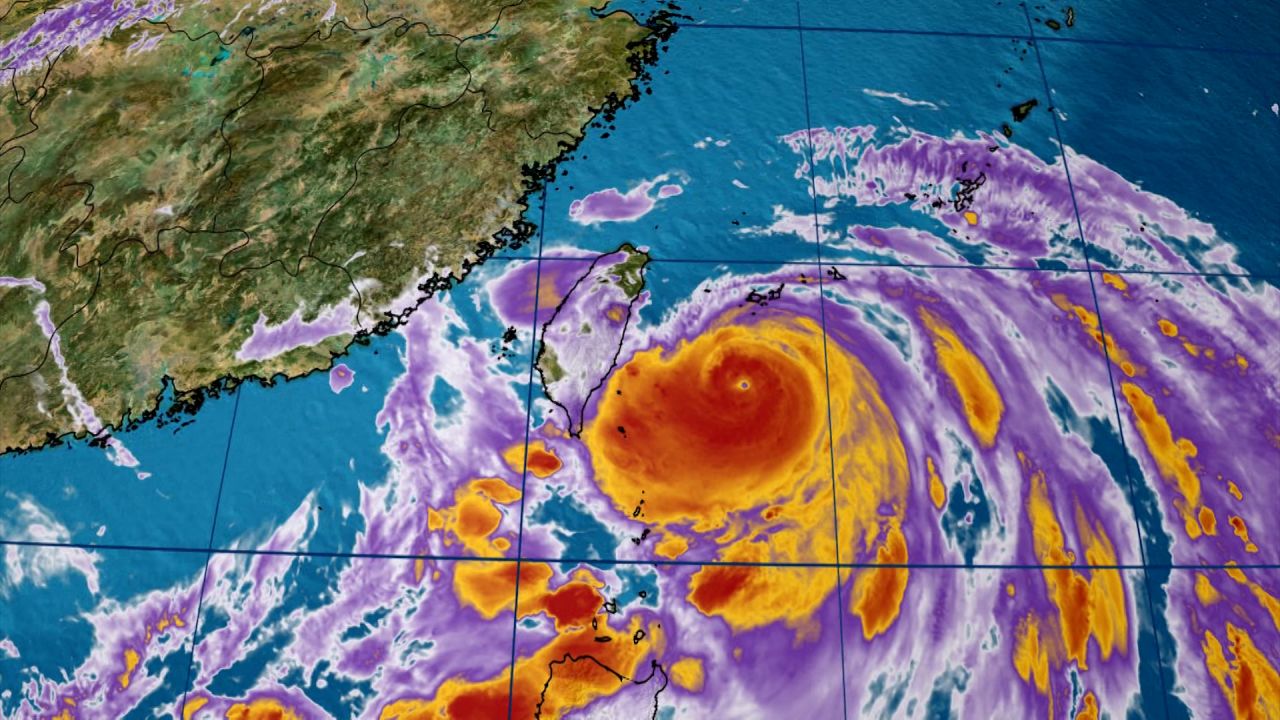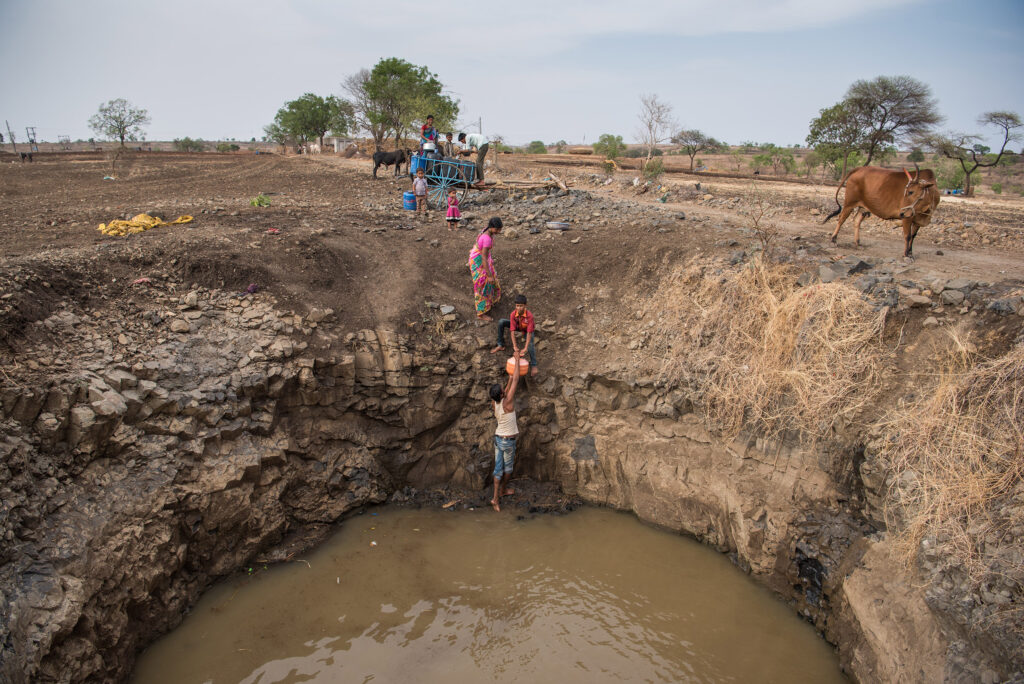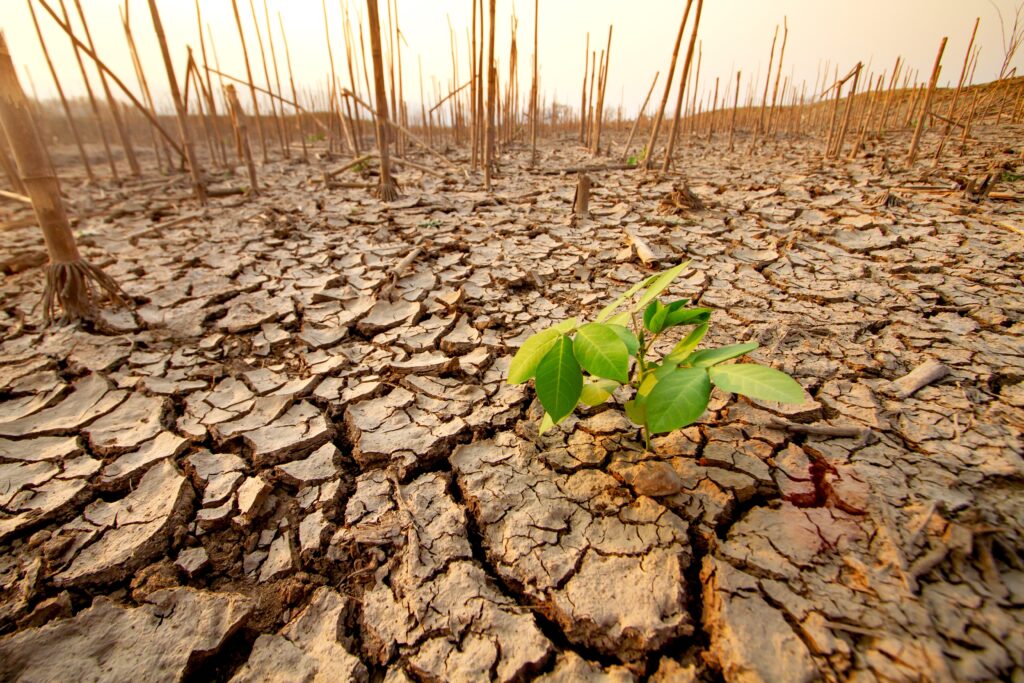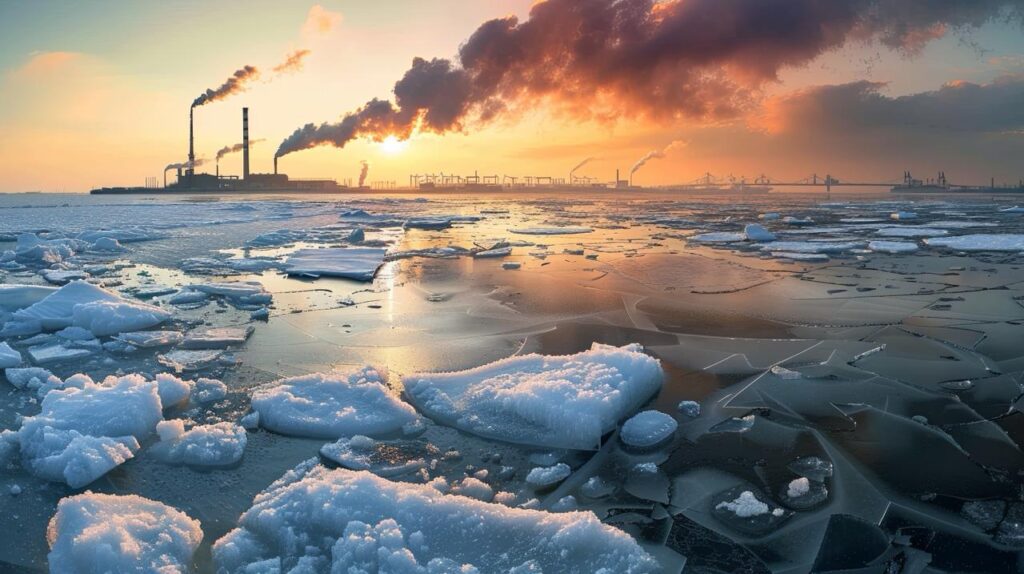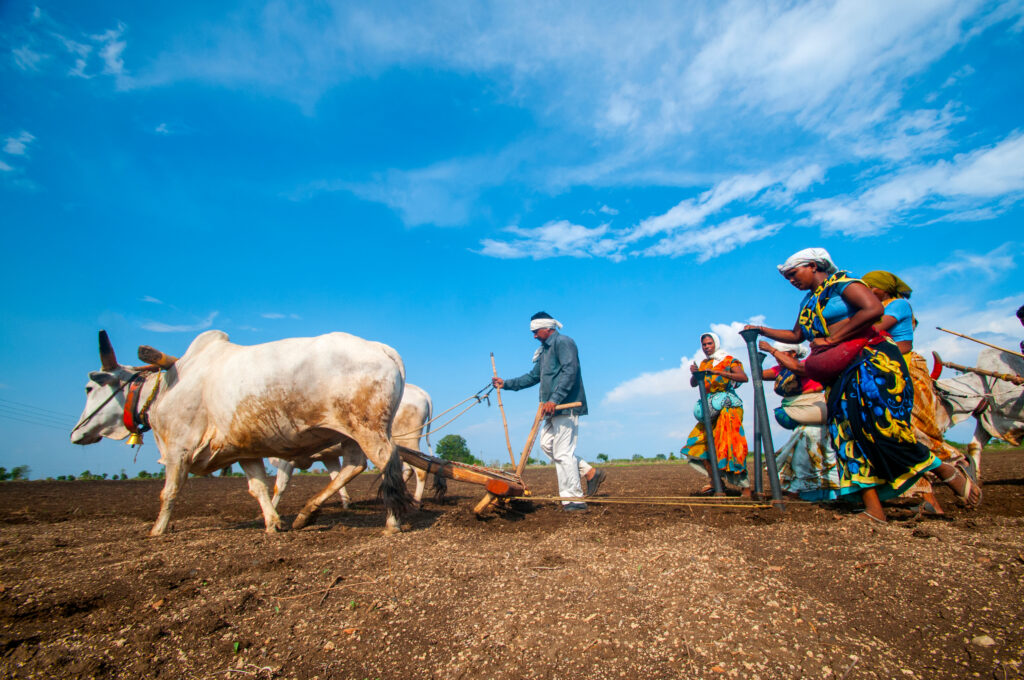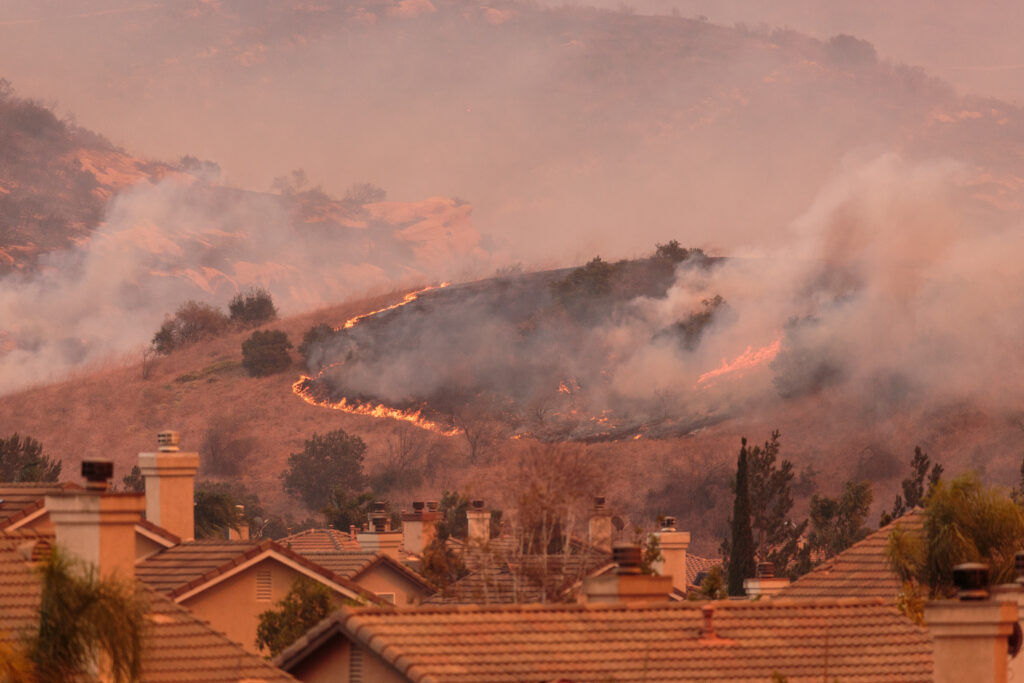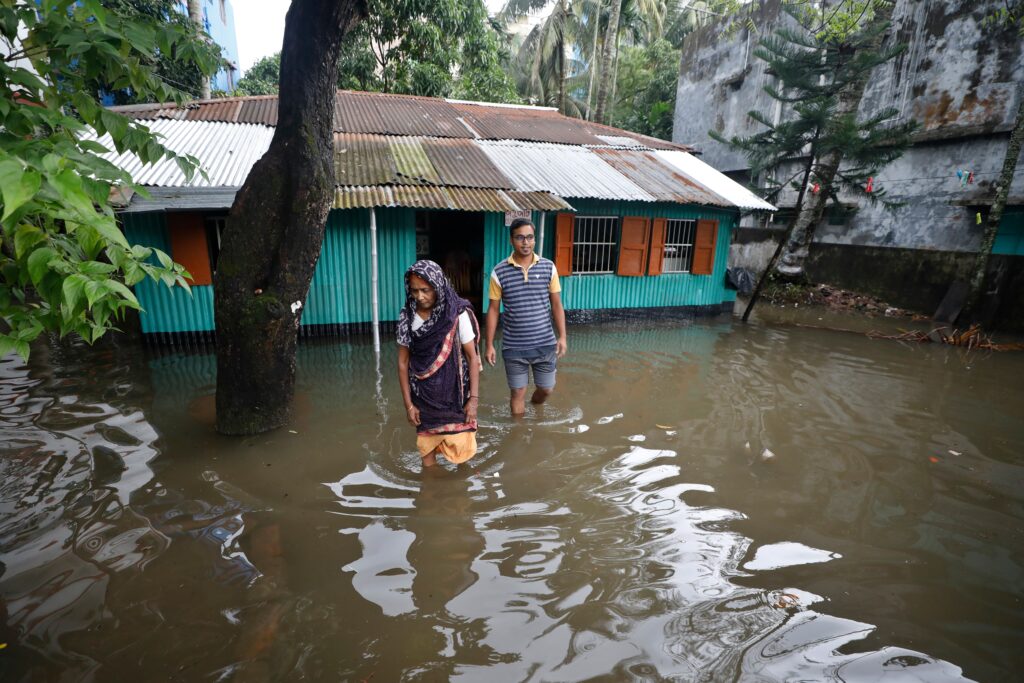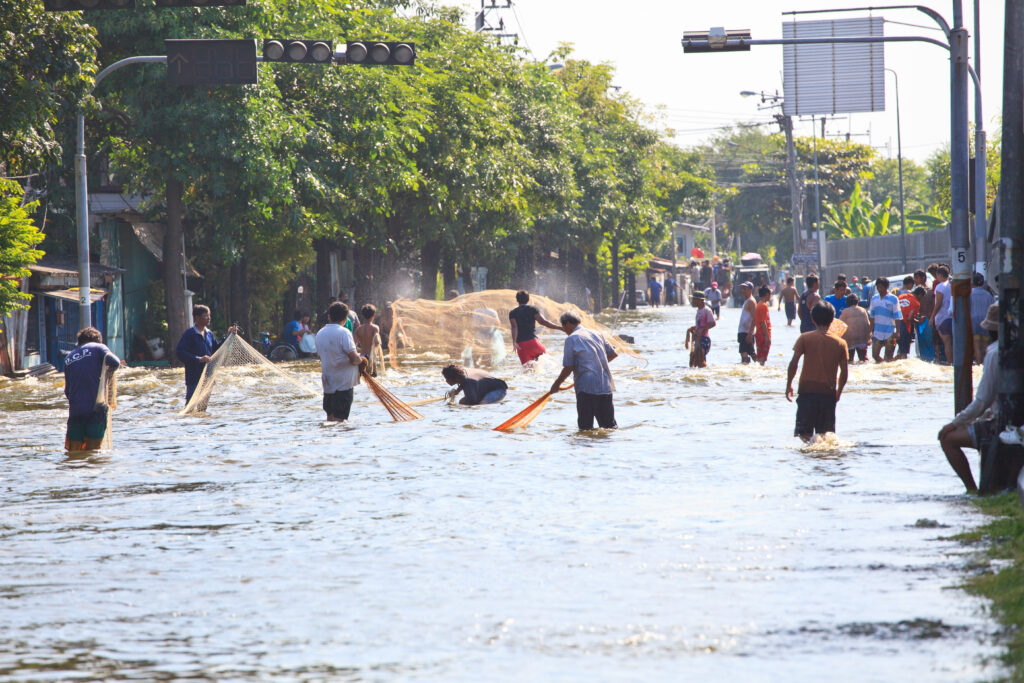Typhoon Gaemi, also known as Super Typhoon Carina, recently brought devastating winds and heavy rains to eastern China, Taiwan and the Philippines, resulting in 25 deaths and over 380 injuries.
The storm has been linked to human-induced climate change through a new rapid attribution analysis conducted by scientists at Imperial College London. Utilising the groundbreaking Imperial College Storm Model (IRIS), researchers were able to quantify the impact of human activities on the storm’s intensity. This new methodology, distinct from the traditional World Weather Attribution approach, provides compelling evidence of how climate change is making typhoons like Gaemi more common and destructive.
The Science Behind Typhoon Gaemi
The IRIS Model: A Breakthrough in Climate Research
IRIS represents a significant advancement in understanding the relationship between climate change and extreme weather events. Unlike traditional climate models, IRIS can simulate the small-scale processes that drive strong winds, such as sea surface temperature, air temperature and humidity. This data allows the model to generate millions of synthetic storm tracks to rapidly investigate how human impacts have altered the most damaging storms.
In the case of Gaemi, the IRIS model generated synthetic storm tracks for Gaemi using historical data on typhoons that have affected Taiwan since 1900. This shows how Gaemi may have progressed based on different periods of warming, back to pre-industrial times when temperatures were around 1.2°C cooler. Scientists then compared the data from the simulated storms to the actual impacts seen by Gaemi to determine how human-induced climate change impacted the storm’s intensity and frequency.

The ability to conduct rapid attribution analysis makes IRIS a game changer in climate research, providing timely and actionable insights.
Human-induced Climate Change and Super Typhoon Carina
The analysis revealed that human activities, particularly global warming from burning fossil fuels, have made typhoons like Gaemi 50% more likely. While these strong typhoons typically reached Taiwan once every 4 years, they now occur on average every 3 years.
One of the primary reasons for this increase in strong typhoons is higher sea surface temperatures resulting from climate change. Studies show that sea surface temperatures in the Taiwan Strait increased at 0.7°C per decade between 1957 and 2011. Additionally, the Imperial College London study found that the maximum wind speeds of typhoons like Gaemi have become about 4 m/s or 7% more intense.

The Impact of Heavy Rains and Widespread Flooding in Taiwan, Philippines and China
Typhoon Gaemi caused widespread destruction in Taiwan, the Philippines and China. With winds reaching 141 mph (227 km/h), equivalent to a Category 4 hurricane, Gaemi left a trail of devastation.
In Taiwan, the typhoon resulted in three deaths, over 260 injuries and extensive agricultural damage. Estimates predict that Taiwan’s loss of livestock, crops and fish exceeds USD 86 million. Furthermore, an oil tanker sank off the coast of the Philippines, creating a 4-km-long oil slick in Manila Bay – a threat to the country’s rich marine biodiversity and local fishing economy. In China, the typhoon brought massive flooding and landslides, resulting in at least 22 deaths and massive infrastructural damage.
The consequences of these extreme weather events are severe and have long-term effects on livelihoods and economic stability. They highlight the need for improved disaster preparedness and resilient infrastructure.
Climate Change and Global Weather Patterns
Linking Local Events to Global Trends
Tropical storm Gaemi is not an isolated incident but part of a broader pattern of extreme weather events linked to climate change. Similar trends have been observed with other recent storms, such as Hurricane Beryl. IRIS shows the likelihood of hurricanes similar to Beryl has nearly doubled due to climate change.
The changing frequency and intensity of such events have global implications, affecting food security, infrastructure and human health. Understanding these patterns is crucial for developing effective climate strategies and mitigating future risks.
Future Projections Drive Adaptation and Mitigation Strategies
Predictions indicate that climate change will result in more intense typhoons and hurricanes globally, even if the frequency varies regionally. For Taiwan, this means fewer but stronger storms.
To adapt to these impacts, it is crucial to invest in resilient infrastructure, improve disaster preparedness and apply nature-based solutions. For example, tools like IRIS are valuable global early warning system solutions.
International cooperation is also vital, as climate change is a global challenge that requires collective action. Implementing robust climate policies to reduce emissions and support sustainable technologies is a pillar of climate change mitigation.
Building a Resilient Future
Typhoon Gaemi serves as a stark reminder of the link between human-induced climate change and extreme weather events. With improving storm analysis from models like IRIS, there is an urgent need for proactive measures to build resilience and mitigate climate change impacts.
It is crucial to recognise the connection between humans and climate change and take immediate action towards a more sustainable future. By addressing the root causes of climate change and preparing for its inevitable consequences, we can build climate-resilient communities.
Eric Koons
Writer, United States
Eric is a passionate environmental advocate that believes renewable energy is a key piece in meeting the world’s growing energy demands. He received an environmental science degree from the University of California and has worked to promote environmentally and socially sustainable practices since. Eric has worked with leading environmental organisations, such as World Resources Institute and Hitachi ABB Power Grids.
Eric is a passionate environmental advocate that believes renewable energy is a key piece in meeting the world’s growing energy demands. He received an environmental science degree from the University of California and has worked to promote environmentally and socially sustainable practices since. Eric has worked with leading environmental organisations, such as World Resources Institute and Hitachi ABB Power Grids.

